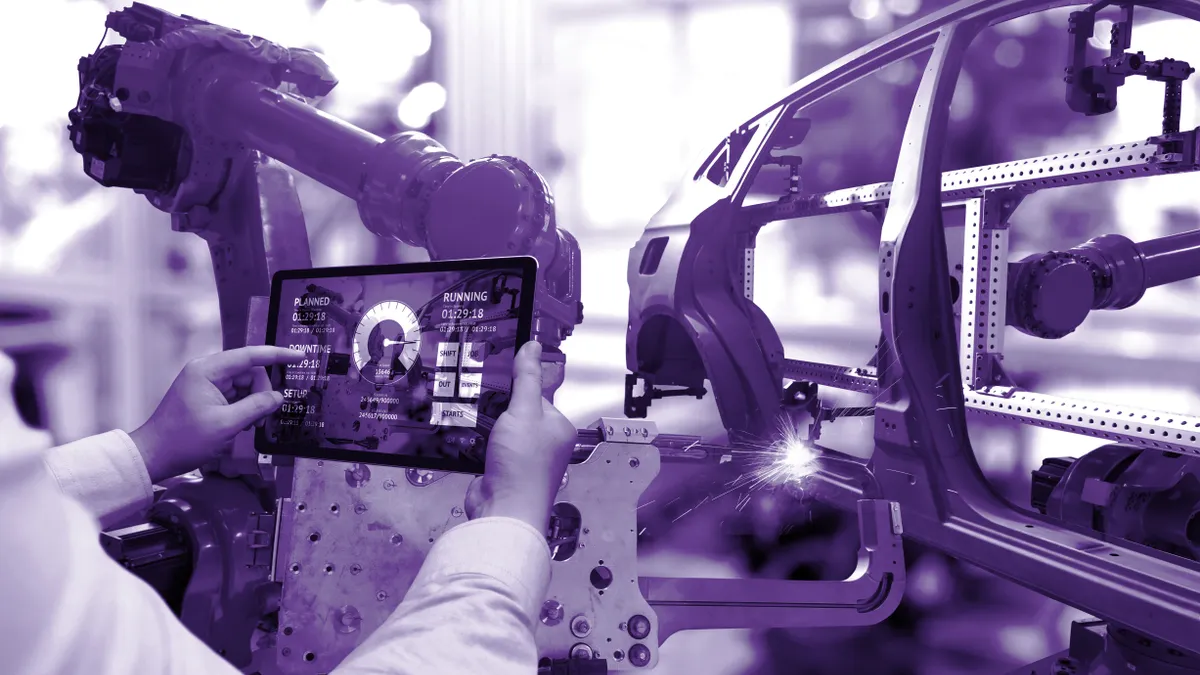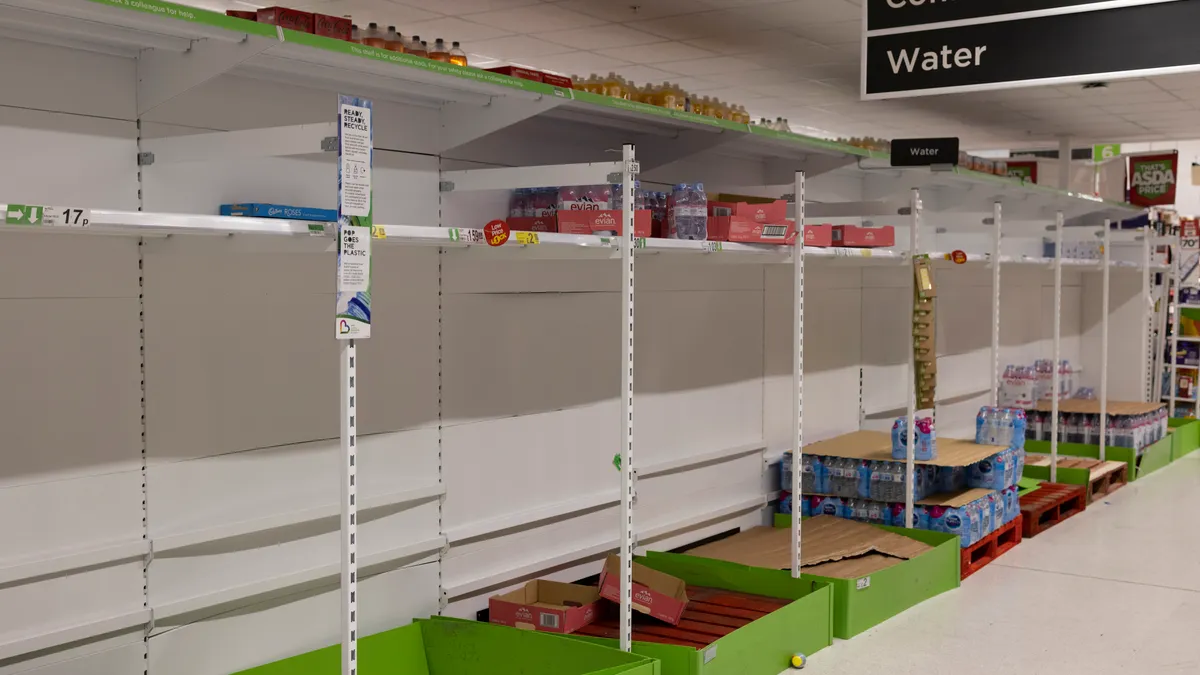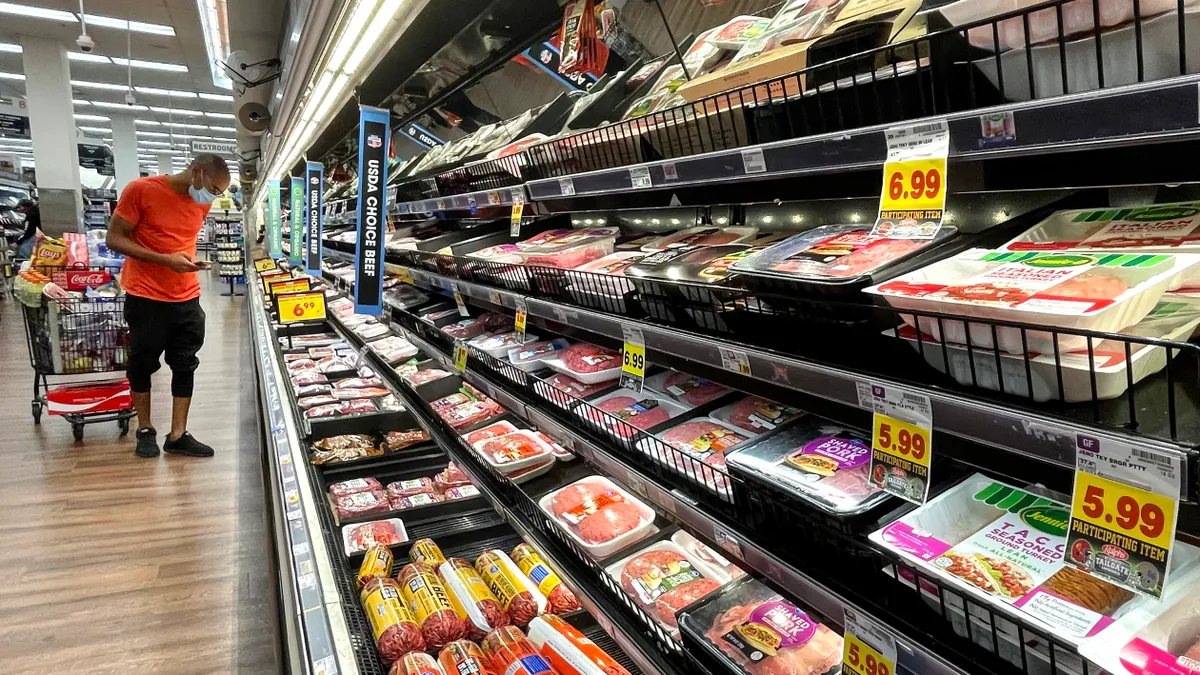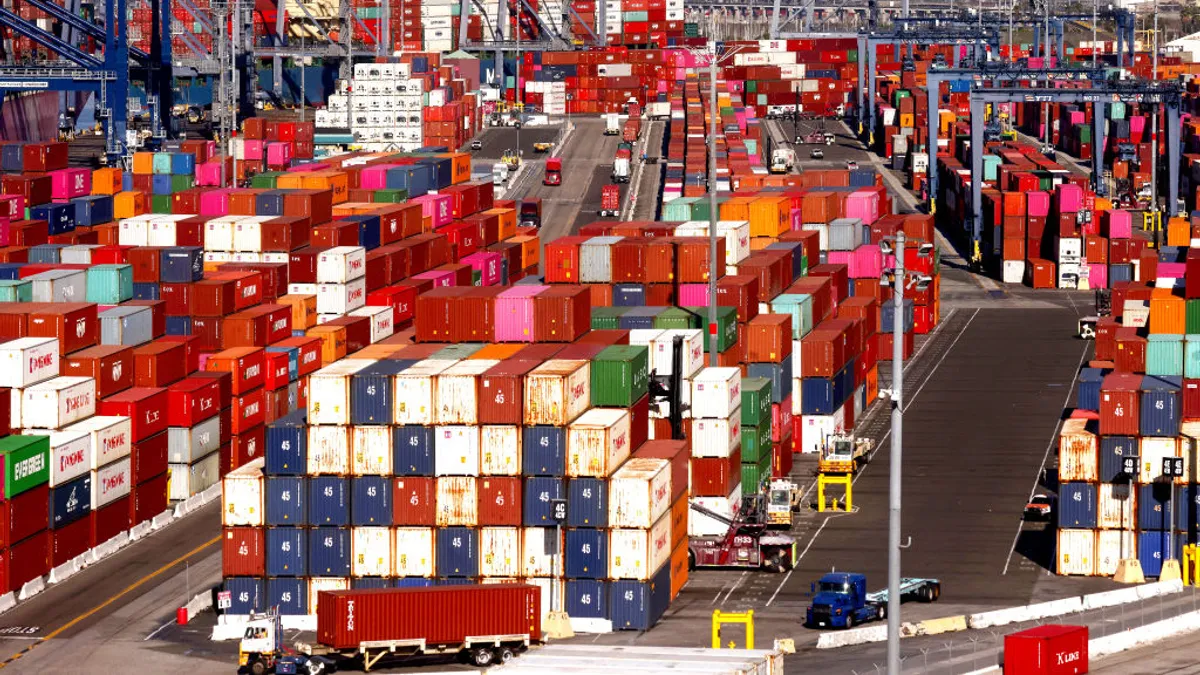Editor's note: This story is based on data from 2018. For the latest insights, read the 2022 edition.
Smart technology has been around for well over a decade, but a look at recent survey data suggests the pace of change is picking up — particularly in warehouses and manufacturing facilities.
It's a change that was happening pre-pandemic. But continued worker shortages and supply chain disruptions have accelerated technology adoption over the past two years, according to John Paxton, CEO of MHI.
For the past nine years, MHI has been surveying materials handling professionals and asking them how likely their facility is to implement a series of technologies. Each year, there are new adoption trends, shifts in use cases, and evidence some technologies may be more hype than ripe for use.
11 technologies enter facilities, but adoption rates vary
"One thing we have learned over the past nine years we have been producing the MHI Annual Industry Report is that supply chains are becoming more and more a technology-driven industry," Paxton said in an email.
Some technologies are on the fast-track with supply chains: cloud computing, AI and IoT come to mind. Others, like 3D printing or blockchain, are struggling to show a business case. Overall, Paxton said two factors — disruption and consumer demand — are driving the adoption of technology.
"What we expect to see over the next few years is really a revolution in the adoption of these technologies," said Paxton.
In an effort to keep supply chain managers up to date on the latest technology trends, Supply Chain Dive reached out to MHI for an in-depth look at adoption trends.
Take a look at the table above, and the charts and stories linked below, to dive deeper on the 2021 technology trends.





















